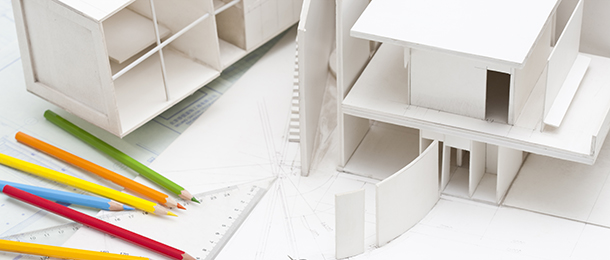SMSF trustees undertaking property development projects have been advised not to depend solely on superannuation law exemptions to prevent their projects from being classified as in-house assets.
ASF Audits head of education Shelley Banton noted section 71 of the Superannuation Industry (Supervision) (SIS) Act provided several limited exemptions where an SMSF could deal with related-parties without the project being defined as an in-house asset.
However, as part of the ATO’s broadened compliance scope with regards to property development projects, understanding the circumstances when those exemptions can be used is crucial.
“One of the reasons trustees need to take care with property development is because those exclusions from being in-house assets only exist because of certain conditions,” Banton told attendees of a recent ASF Audits webinar.
“Without an understanding of what those conditions are, and the ATO is concerned with trustees that don’t understand what they are, property development ventures can quickly go south and become in-house assets of the fund.”
To illustrate her point, she used an example where the relationship in an arrangement changes from a non-related party to a related party.
“Even more importantly, what happens if the circumstances of the trustee change? You could have an excluded investment that becomes a related party and that’s where the problems can start,” she noted.
“An easy example is where the fund invests in an unrelated company that has a 50/50 ownership split between the trustee and an unrelated party, then the unrelated party marries the trustee’s sister or brother and becomes a de facto partner and the investment becomes a related-party investment.”
She added that if the asset were to become an in-house asset in this situation, then the existing in-house provisions would apply.
“[The property development project] could then become an in-house asset of the fund and if it is, trustees have to be able to calculate that in-house asset ratio when an asset is acquired and as at June 30 each year,” she stated.
“Where [the in-house asset limit] is exceeded, the trustees have to prepare a written plan to divest that asset to on or below that 5 per cent limit by the end of the next financial year.
“[And] if that asset is excluded from being an in-house asset, trustees need to be aware under what conditions it is excluded and what’s the consequences if those conditions cease to exist to be satisfied.”




